When the body’s system for regulating temperature malfunctions and the body temperature rises too high, it can result in heat stroke, a serious and potentially fatal illness. The condition is most common in the summer months. It usually occurs from extended exposure to high temperatures or from physical activity in warm environments. Heat stroke if not treated at the time, it can quickly damage your body organs, brain, heart, muscles and liver.
Heat exhaustion, heat syncope (fainting), and cramps are some of the milder heat-related illnesses that frequently progress to heat stroke. However, it can happen even if you have never experienced a heat injury before.
Prolonged exposure to high temperatures, typically in conjunction with dehydration, can cause heat stroke as the body’s temperature regulation system fails. A core body temperature of more than 104 degrees Fahrenheit and problems affecting the central nervous system following exposure to high temperatures are considered medically significant indicators of heat stroke. Seizures, nausea, disorientation, confusion, and occasionally coma or loss of consciousness are other typical symptoms.
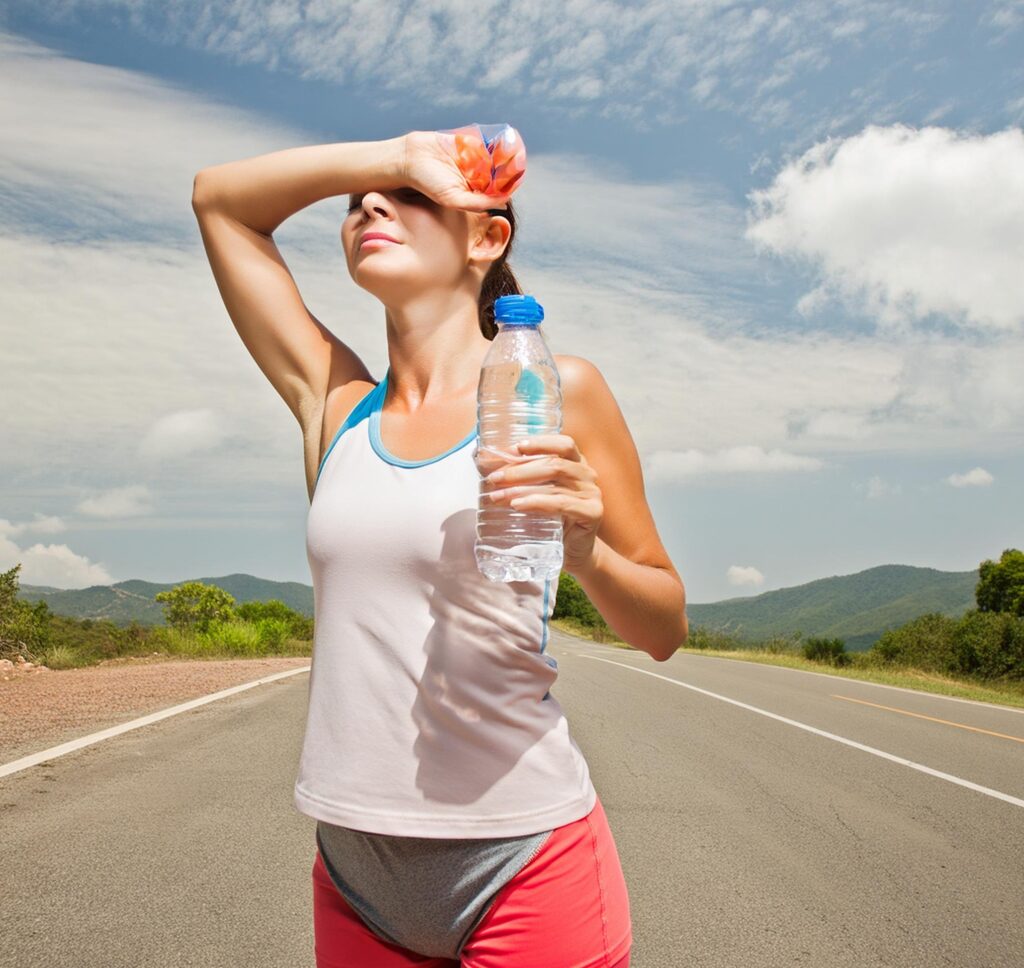
Risk Factor of Heat Stroke :
Older adults who live in apartments or houses without proper ventilation or air conditioning are more likely to suffer from heat stroke. People of any age who don’t drink enough water, have chronic illnesses, or abuse alcohol are among the other high-risk groups.
The heat index, a measurement of how hot you feel when air temperature and relative humidity are combined, is closely linked to heat stroke. Sweat evaporation is hampered by a relative humidity of 60% or higher, which impairs your body’s ability to cool itself. If you live in an inner-city area, you may be more vulnerable to heat stroke during an extended heat wave, especially if the air quality is poor and the atmosphere is stagnant. The “heat island effect” is the result of concrete and asphalt storing heat during the day and only slowly releasing it at night, raising nighttime temperatures.
Additional risk factors for illnesses brought on by heat include:
Age : Because they warm up to heat more slowly than other people, infants, kids up to age 4, and adults over 65 are especially vulnerable.
medical circumstances : These include illnesses of the heart, lungs, or kidneys; being overweight or underweight; high blood pressure; diabetes; mental health issues; sickle cell trait; alcoholism; sunburns; and fever-producing conditions.
Drugs : These include drugs for heart
and blood pressure like beta-blockers and vasoconstrictors, drugs for diet
plans, diuretics, sedatives, stimulants, tranquilizers, anticonvulsants, and
medications for mental health conditions like antidepressants and antipsychotics.
Methamphetamine and cocaine, two illegal drugs, are also linked to an increased
risk of heat stroke.
Reasons :
Environmental Exposure: The body’s cooling systems may be
overtaxed by extended exposure to high temperatures, particularly when combined
with excessive humidity.
Exertional Heat Stroke: If dehydration sets in and the body is
unable to adequately cool itself, intense physical activity in hot conditions
can result in heat stroke.
Symptoms :
High Body Temperature: Body
temperature of 104°F (40°C) or higher.
Altered Mental State: Confusion, agitation, slurred speech,
irritability, delirium, or coma.
Skin Changes: Redness in your skin. Skin may be dry and
hot to touch, though it can also be moist if heat stroke is caused by exertion.
Rapid Inhaling and Heart Rate: Breathing may be rapid and
shallow, and the heart rate may increase significantly.
Vomiting and Nausea: An individual may feel sick to their
stomach or vomit.
Headache: A pulsate headache is common.
Alteration in sweating : Your skin may feel slightly moist.
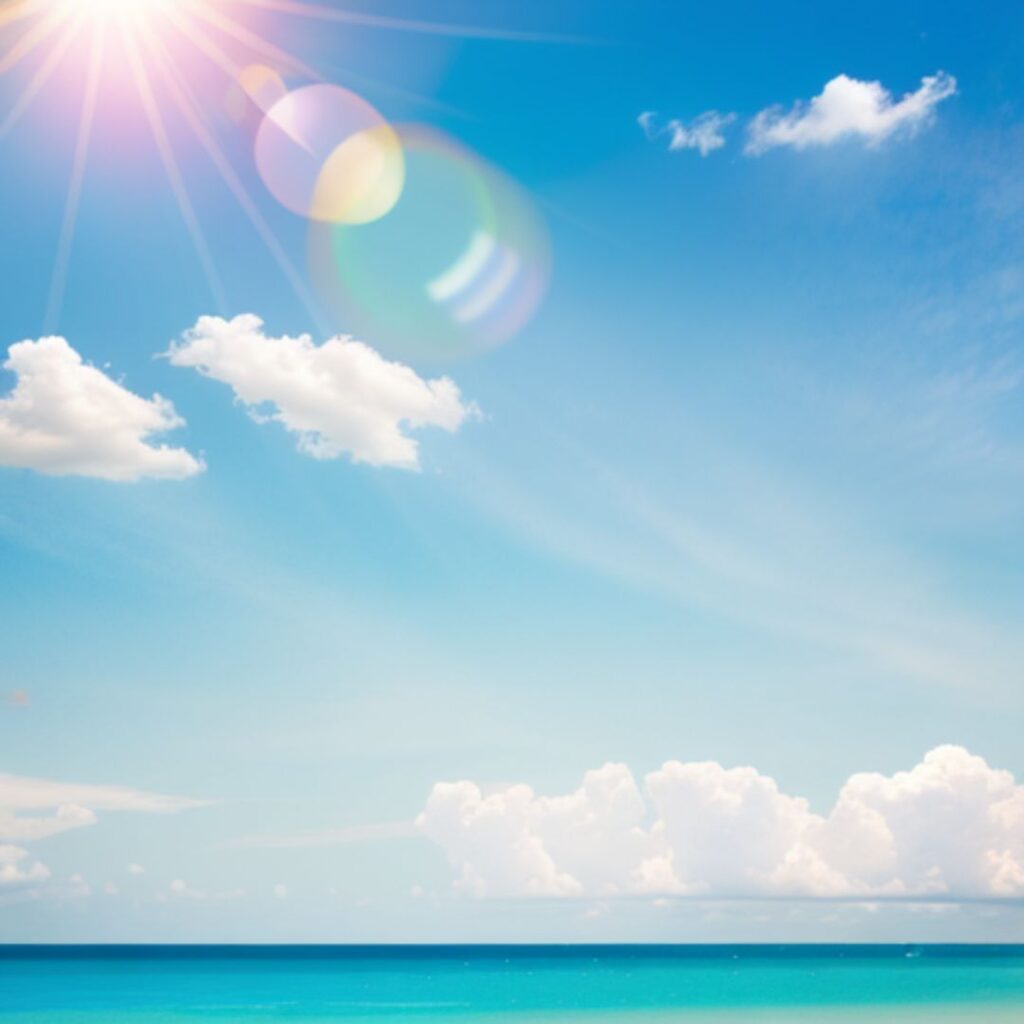
Prevention :
Stay Hydrated: To help keep your body hydrated, consume lots of
liquids, particularly water. It is recommended to drink at least 8 glass of
water.
Wear the Right Clothes: Loose, light-colored clothes keeps the
body cool.
Take Breaks: When working or exercising in hot weather, take
frequent breaks in a cool place.
Prevent Peak Heat: Schedule physically demanding activities for
later in the day, such as early morning or late evening.
Acclimatize: To enable the body to adjust, gradually increase
exposure to high temperatures.
Keep your home cool : Keep the doors and windows open for
better ventilation.
Avoid Outdoor activity : Try to go out when the sunlight is low
or go out early morning so that you can get fresh and cool air.
Light Attire : Wear light colored and loose clothes so that you
can feel light and comfortable.
Additional methods for avoiding heat stroke consist of:
keeping an eye on the hue of your urine. Dehydration
is indicated by darker urine. Drink enough water to keep your urine
consistently very light in color. Weighing yourself both before and after
exercise. You can estimate how much fluid you need to drink by tracking your
lost water weight.
Steer clear of beverages that contain alcohol or caffeine as these can
exacerbate heat-related illnesses and cause you to lose more fluids.
Additionally, only take salt tablets as directed by your physician. Fruit juice
or sports drinks are the simplest and safest ways to replenish salt and other
electrolytes during heat waves.See your doctor before consuming more liquids if
you suffer from epilepsy, heart problems, or kidney disease.
Try to spend at least two hours a day in an
air-conditioned space, preferably during the hottest part of the day, if you
live in an apartment or house without fans or air conditioning. At home, open
the windows on two sides of your building at night to create cross-ventilation
and close your curtains, shades, or blinds during the hottest part of the day.
See your local Area Agency on Aging for programs that can help if you’re a
senior and can’t afford to buy or operate an air conditioner.
Treatment :
Heat stroke is a serious medical condition. It is
imperative to respond quickly to calm the individual and provide them medical
attention. Actions consist of:
Transfer to a Cooler Setting: Move the person into a cool place with air
conditioning, or at the very least, a shaded area, away from the heat.
Chill the Body: Apply moist towels, ice packs, or chilly water to the skin.
Another useful method is to submerge the person in a chilly water bath.
Hydrate: If the patient is conscious and able to swallow, give them a glass of
cool water to drink.
Monitor: As you wait for medical help, keep an eye on the patient’s condition.

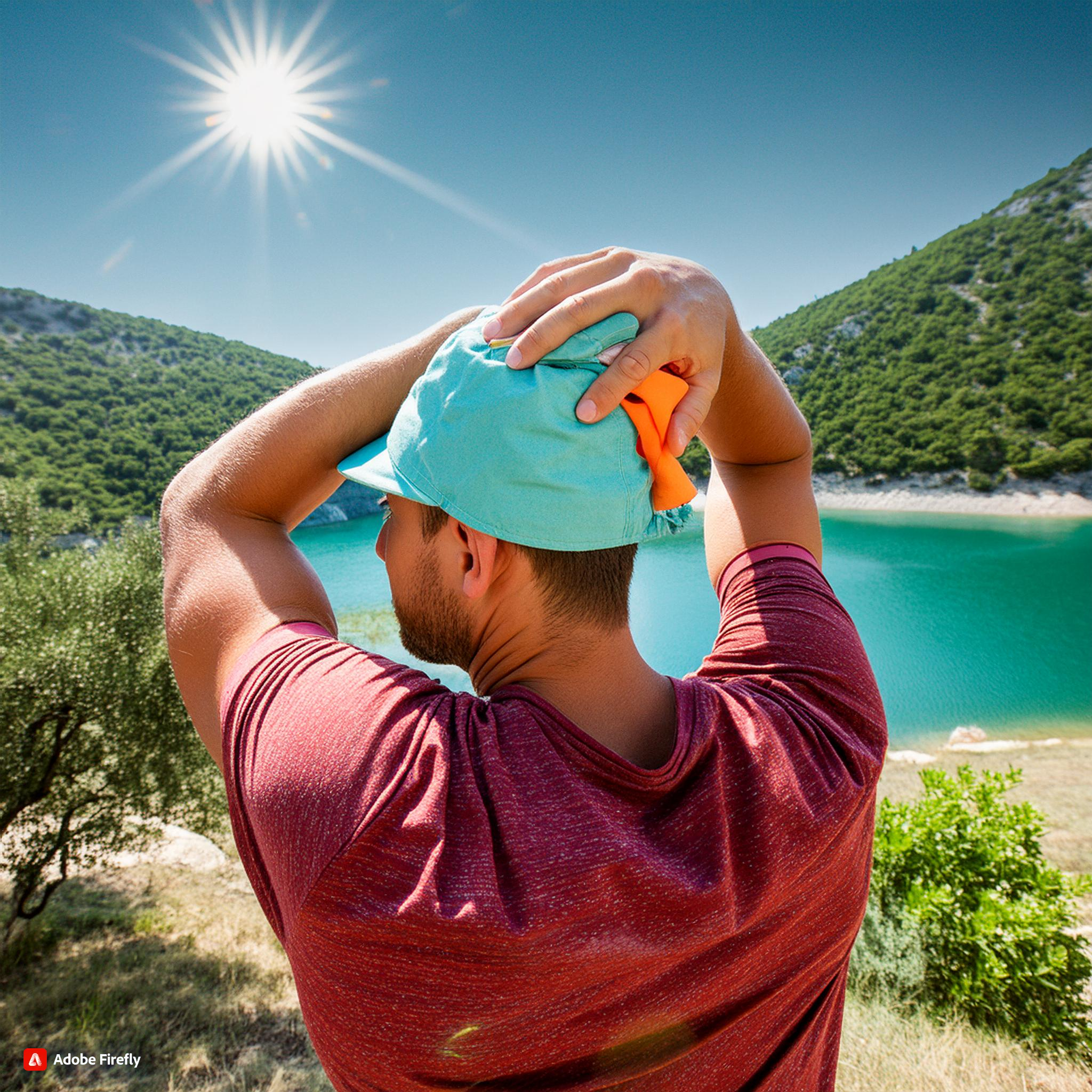

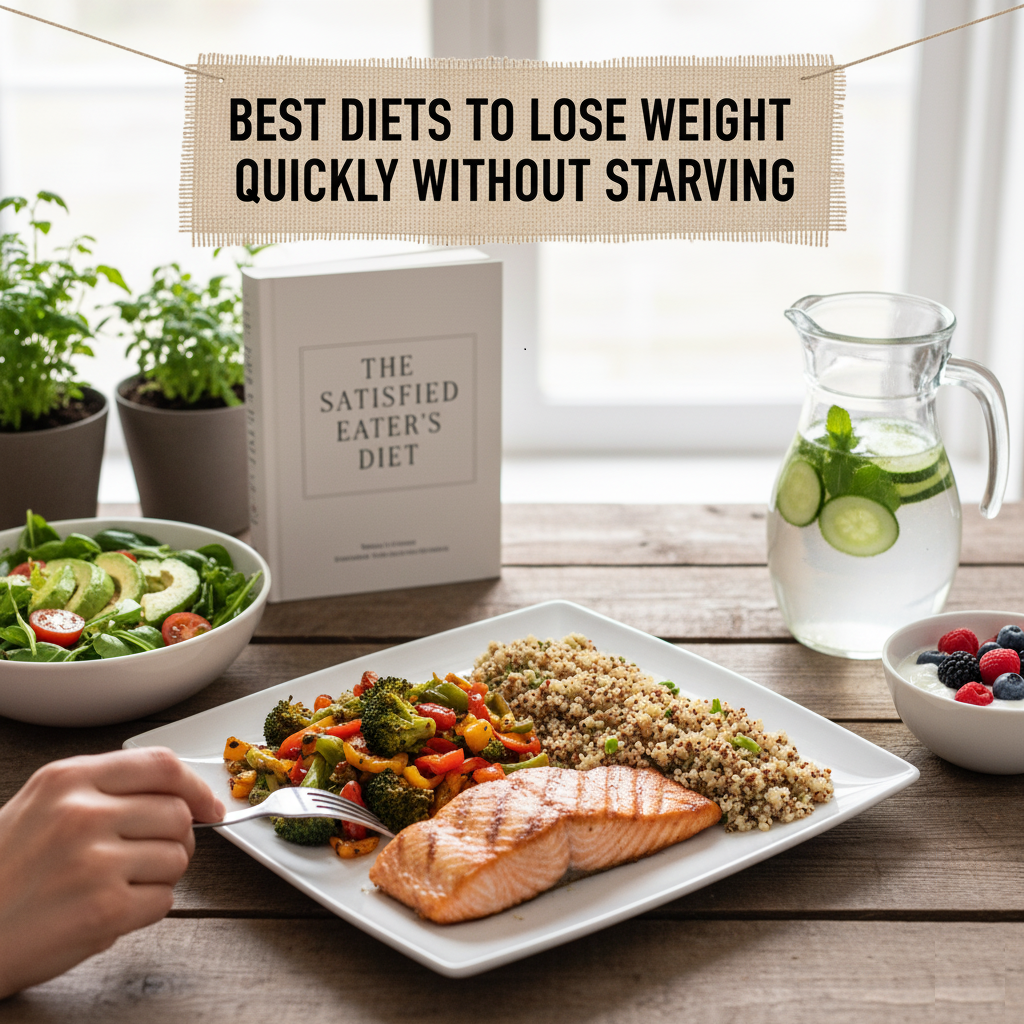
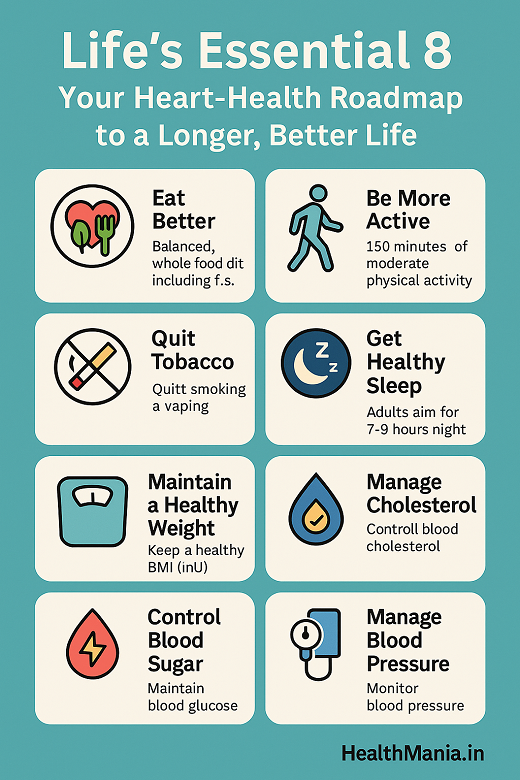
excellent